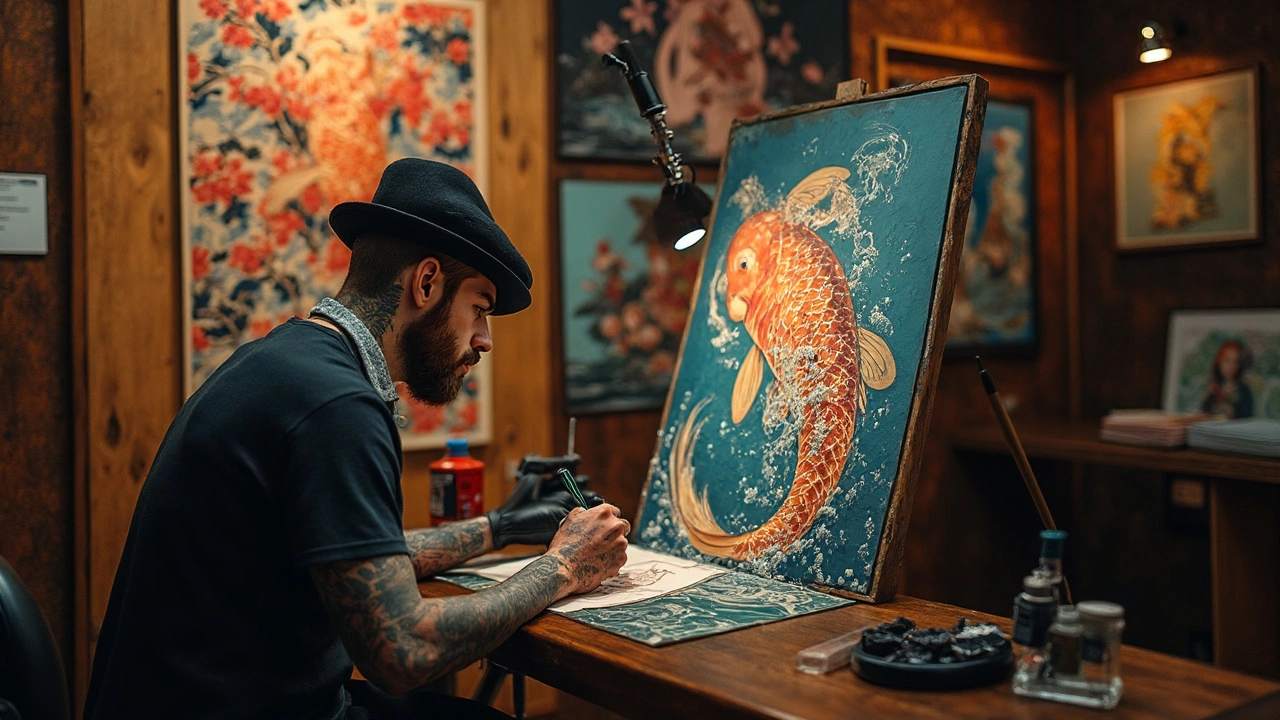Tattoo Art: Styles, Tips & Real Inspiration
Tattoos are one of the most personal forms of art. They stay with you, tell stories, and show who you are. On this page you'll find clear info on popular tattoo styles, how to pick a design and artist, and practical care tips so your tattoo looks great for years.
Know the Styles so You Pick What Fits You
Want something bold or subtle? Tattoo art covers many styles. Traditional (old school) uses thick lines and bright colors—great if you want strong, long-lasting images. Realism aims to look like photos; it needs an experienced artist and fine needles. Watercolor tattoos mimic paint washes and work best for soft, flowing designs but can fade faster. Fine line and minimal tattoos use thin lines and tiny details—perfect for small, elegant pieces. Neo-traditional blends classic shapes with modern color and depth.
Think about how a style ages. Solid black and bold lines hold up better over time than thin, intricate work. Placement matters too: areas with constant movement or sun exposure can blur or fade faster.
Choosing a Tattoo and an Artist
Start by collecting images that really speak to you, not just random pretty pictures. Ask yourself what the image means and where you want it on your body. Next, find artists who specialize in that style. Look at fresh healed photos in their portfolio—this shows how their work holds up after skin heals. Avoid artists who only show stencil shots; healed work tells you the real story.
When you consult, ask about their process: needles, inks, sanitation, and how they handle touch-ups. Good artists explain risks, aftercare, and color longevity. Price matters but don’t pick solely on cost—cheap tattoos often end up costing more to fix.
Want a custom piece? Bring your ideas but let the artist guide placement and flow. A strong tattoo fits your body shape and moves naturally with skin.
Aftercare is where many tattoos fail. Keep the area clean, follow the artist’s ointment and lotion routine, and avoid direct sun for weeks. Don’t pick scabs and skip swimming until it’s fully healed. If colors fade unevenly or lines blur, a touch-up can bring it back to life.
Looking for inspiration? Check galleries that tag artists and healed shots. Study how line weight, shading, and color work together. Favorite pieces often mix technical skill with a clear idea or emotion.
If you want more on tattoo history, technique, or artist spotlights, explore the posts tagged under tattoo art here on Paul Artistry. Ready to plan your next piece? Use the tips above and pick an artist who treats your skin like the canvas it is.

